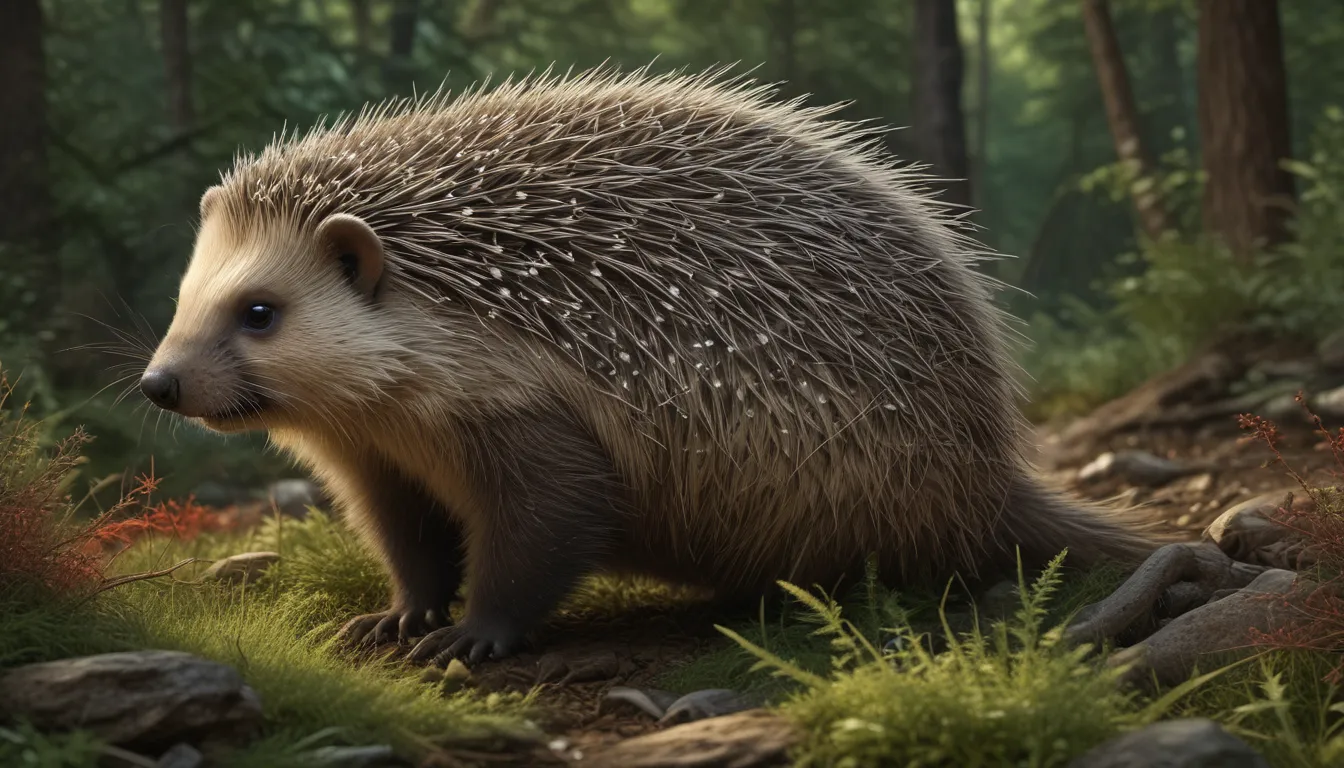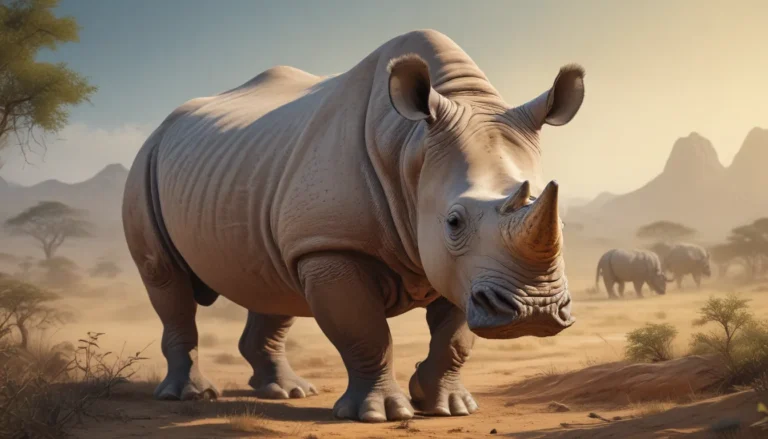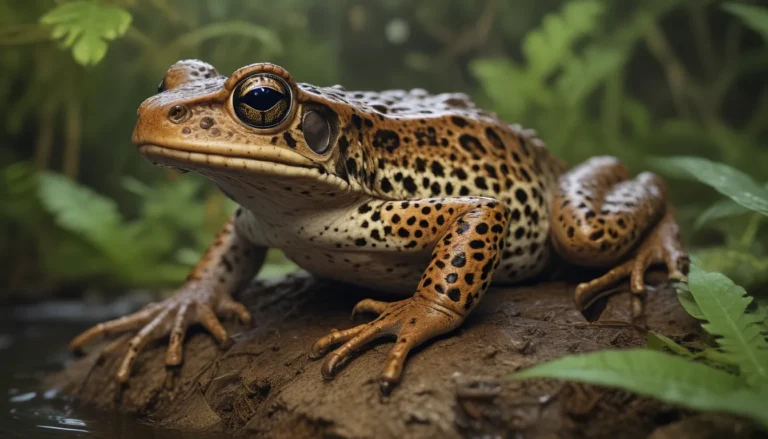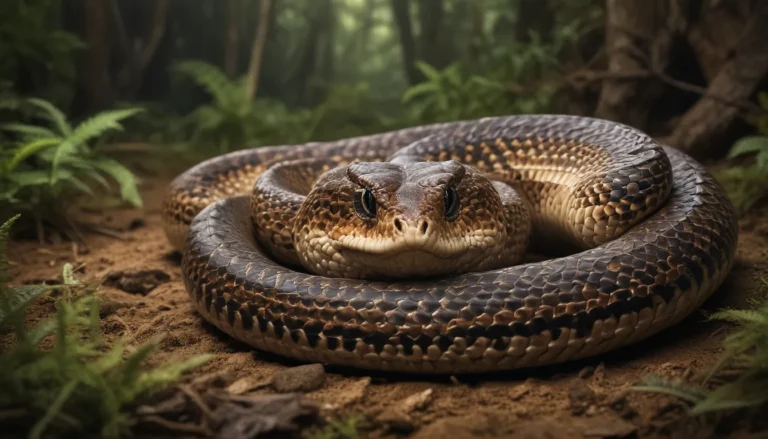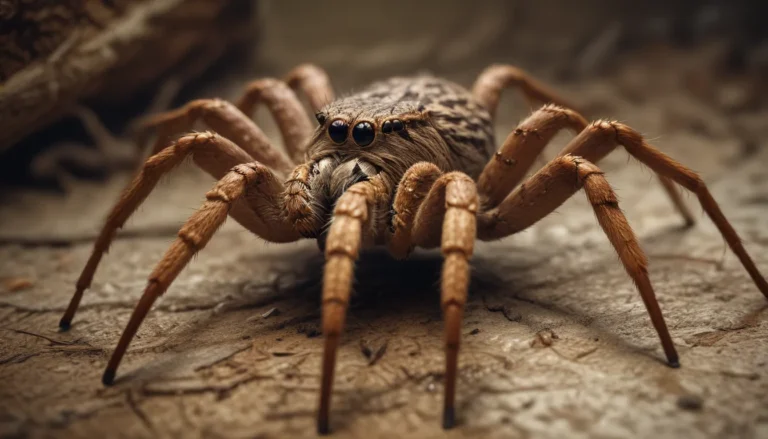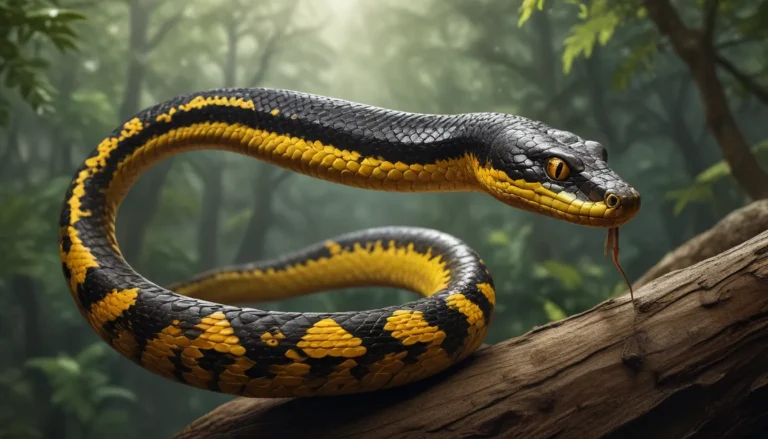The pictures we use in our articles might not show exactly what the words say. We choose these pictures to make you interested in reading more. The pictures work together with the words but don’t take their place. The words still tell you the important facts.
Welcome to the fascinating world of porcupines! These adorable yet spiky creatures are as unique as they are intriguing. If you've ever been curious about porcupines, their behavior, habitats, and defense mechanisms, you've come to the right place. In this comprehensive guide, we'll delve into the captivating world of porcupines and uncover amazing facts you may not have known about these prickly creatures.
The Story Behind the Porcupine’s Name
The name "porcupine" has an interesting origin. It stems from the Latin words for pig, "porcus," and for spine or quill, "spina." This evolved into the old Italian word "porcospino," which translates to thorn pig, highlighting the porcupine's spiny appearance. Over time, this name transformed into the Middle French and Middle English "porcupine," which is still used today. In North America, porcupines are often affectionately referred to as quill-pigs, reflecting their distinctive quills.
Dietary Habits of Porcupines
Porcupines primarily have a herbivorous diet, feeding on leaves, twigs, tree roots, and fruits like berries. In colder regions, they resort to scraping bark from trees during winter for sustenance. However, porcupines sometimes develop a reputation as crop pests due to their occasional foraging in farm fields.
Defense Mechanisms of Porcupines
Porcupines are adept at defending themselves against predators. Their coloration takes advantage of predators' color blindness, allowing them to blend in and evade detection. Some porcupine species even mimic the appearance of skunks, deterring predators through visual deception. When threatened, porcupines raise their spines as a warning and emit chattering sounds. If faced with immediate danger, they may charge at predators to embed their quills into the attacker's body.
The Intricate Design of Porcupine Quills
Porcupine quills are specialized structures composed of thick, hard strands of hair encased in keratin plates. These quills detach easily from a porcupine's body, aiding in defense against predators. When lodged in a predator's body, the barbed quills cause discomfort and may facilitate the porcupine's escape. Remarkably, quills regrow rapidly, akin to hair regeneration.
Reproductive Variances in Old and New World Porcupines
Old World porcupines exhibit shorter gestation periods, typically lasting up to 112 days, and often produce twins. In contrast, New World porcupines have longer gestation periods of up to 210 days and rarely give birth to twins. These reproductive variations distinguish the two porcupine groups.
The Diverse World of Porcupine Species
Porcupines are divided into two families: Erethizontidae (New World porcupines) and Hystricidae (Old World porcupines). Old World porcupines reside in Southern Europe, Western and Southern Asia, and Africa, while New World porcupines primarily inhabit North and Central America. The species exhibit distinct characteristics, with Old World porcupines typically larger in size and more nocturnal compared to their New World counterparts.
Unique Species of Porcupines
Crested porcupines exemplify the quintessential Old World porcupine, characterized by their varied diet, scavenging tendencies, and formidable aggression when provoked. In contrast, North American porcupines, despite their South American origins, possess a distinct scent defense mechanism that repels predators with a strong, unpleasant odor.
Conservation Concerns for Vulnerable Porcupine Species
Philippine and bristle-spined porcupines face endangerment due to habitat loss and human encroachment. Efforts to safeguard these species have emerged, emphasizing the need for conservation measures to preserve their dwindling populations. Additionally, some scientists question the taxonomic classification of certain porcupine species, challenging traditional distinctions based on genetic and dental differences.
Responsible Practices for Porcupine Interaction
For individuals contemplating porcupine ownership or encountering wild porcupines, experts advocate caution and respect for these animals. Avoid startling or provoking porcupines, and refrain from attempting to handle or pet them without proper protective gear. When faced with porcupine quills, seek professional medical assistance to ensure safe and effective removal, preventing potential injuries and infections.
Innovations Inspired by Porcupine Quills
Medical researchers have shown interest in porcupine quills' unique structure, exploring applications in hypodermic needles and surgical staples. The barbed design of quills, coupled with their antibacterial properties, has prompted investigations into developing novel medical solutions inspired by nature's ingenuity.
Cultural Significance of Porcupines
Indigenous communities have long revered porcupines for their symbolic importance and traditional uses. Native American tribes utilize porcupine quills in crafting decorative items like roach headdresses, fostering cultural heritage and artistic expression. Moreover, porcupines serve as a vital food source in certain regions, contributing to local cuisine and sustaining livelihoods.
Embracing Porcupines in Popular Culture
Porcupines feature prominently in modern political movements, symbolizing resilience and self-defense. The American Libertarian movement, in particular, adopts the porcupine as its emblem, embodying passive strength and steadfast determination in advocating for individual freedoms and autonomy.
As we conclude our journey through the enchanting world of porcupines, we hope you've gained a deeper appreciation for these remarkable creatures and their ecological significance. From their intricate defense mechanisms to their cultural relevance, porcupines captivate our imagination and inspire us to safeguard their habitats and well-being. Join us in celebrating the enduring allure of porcupines and the rich tapestry of nature they represent.
